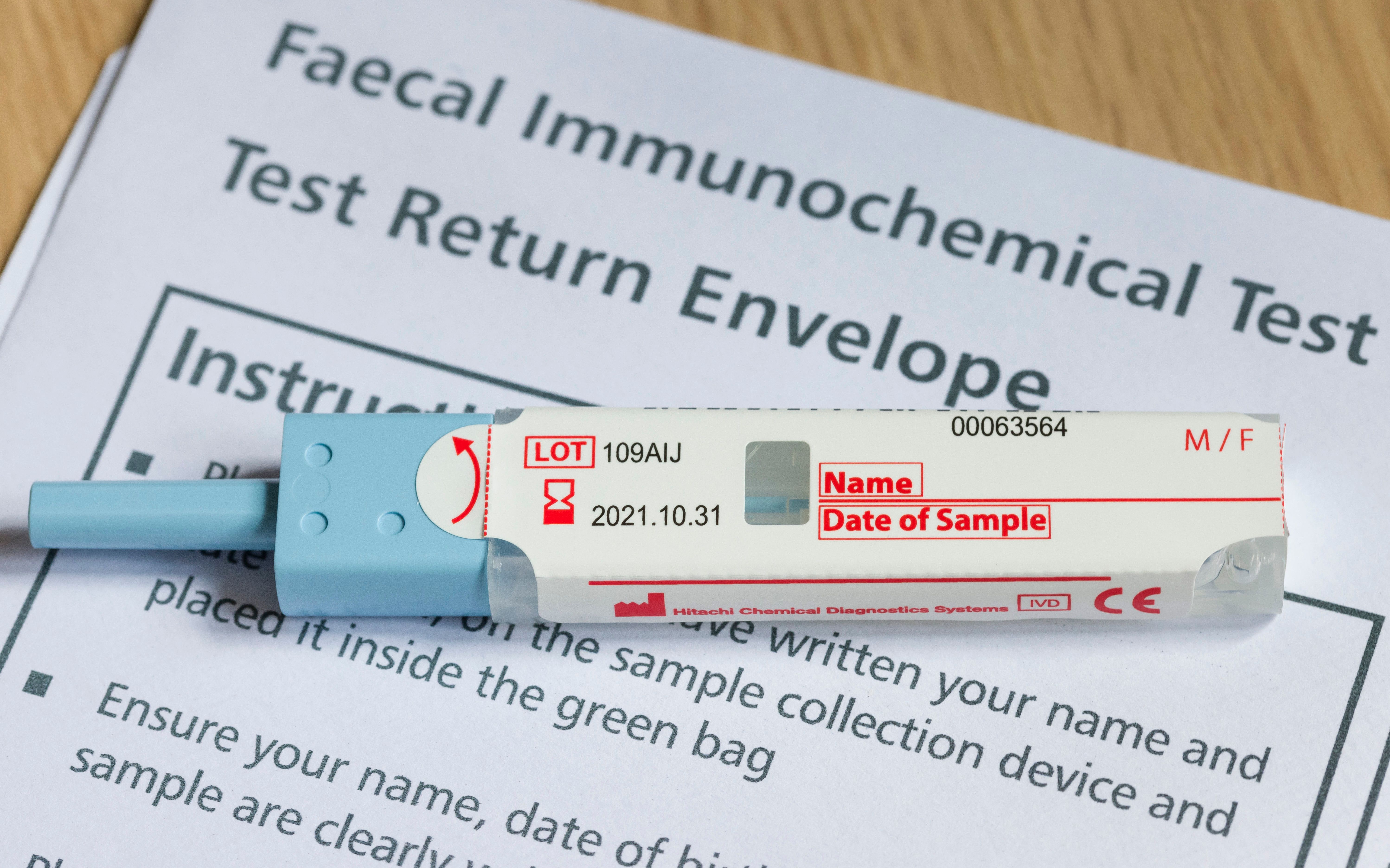Article
Impossible Math: Financing a Freestanding Birth Center and Supporting Health Equity
Author(s):
Births in freestanding birth centers are increasing, and the number of birth centers is increasing, as well, but capacity is not keeping up with demand. Freestanding birth centers provide many of the same services that are provided for low-risk pregnancies in hospitals, and there is evidence of equivalent or better outcomes of care both here in the United States and in abroad. Yet, freestanding birth centers are paid less than hospitals for doing the same work.
This post has been written by Katy B. Kozhimannil, PhD, MA, as part of a collaborative research partnership with Rachel Hardeman, PhD, MPH, and Rebecca Polston, CPM, LM, supported by the Robert Wood Johnson Foundation's Interdisciplinary Research Leaders Program.
Birth is the transformative, creative process by which we evolve as a society. It feels nearly impossible to put a value on this most precious human experience.
But, every day, health plans have to put a dollar value on birth in order to reimburse clinicians and facilities for the care they provide during pregnancy, labor, and childbirth. In order to incentivize the best possible outcomes of care, we need to pay for what matters and pay well for evidence-based care, including care provided in freestanding birth centers.
Current trends and inequities in maternal health show that we’re not doing a good job of financing a system that supports high quality, equitable care during pregnancy and childbirth. Maternal morbidity and mortality are on the rise in the United States, and we face terrible racial and geographic disparities in maternal and infant health.
There are 2 main components of payment for pregnancy and childbirth related care: physician fees and facility fees. Facility fees for childbirth are paid to the hospital or birth center where a birth occurs; facility fees are not applicable for babies born at home. Physician fees are paid to the clinician for the clinical services and time spent caring for a pregnant patient before, during, and after childbirth. But “physician fees” apply to other maternity care clinicians, as well, including midwives.
For many years, midwives were paid a lower fee than a physician for doing the same work. Pay equity for midwives was broadly achieved for public programs with the Affordable Care Act, which ensures that Medicare and Medicaid pay clinicians the same amount for providing the same services, but the same equity is not required for private health plans. Furthermore, there is no similar type of pay equity for facilities, and there should be. CMS has proposed “site-neutral payments,” which have been met with substantial backlash from hospitals, but this proposal provides a policy framework in which to understand payment parity for birth centers.
The vast majority of US births (approximately 98.5%) occur in hospitals, but out-of-hospital births are rising. Data show a high degree of variability across hospitals in the quality of maternity care they provide—including maternal morbidity and cesarean use—as well as in costs of care. Quality also varies by patient demographics, with minority-serving hospitals providing worse quality of maternity care, overall. Clearly, there’s work to be done to better align financial incentives to support consistent and high-quality hospital-based maternity care.
Every year approximately 60,000 US births occur outside of the hospital, including at home (planned and unplanned) and at freestanding birth centers. A freestanding birth center is a healthcare facility that uses a midwifery model of care to provide services during pregnancy, labor and delivery, and the postpartum period. Freestanding birth centers are not connected to or affiliated with hospitals. They provide care for low-risk patients, and they refer or transfer to higher acuity services patients who develop clinical complications or who desire or need medical services that are not available in birth centers (for example, epidural pain relief or cesarean delivery). Births in freestanding birth centers are increasing, and the number of birth centers is increasing, as well, but capacity is not keeping up with demand. More people report that they would use a birth center if one was available locally, if it accepted their health insurance, or if they shared a racial, language, or cultural background with the birth center’s clinicians.
Freestanding birth centers provide many of the same services that are provided for low-risk pregnancies in hospitals, and there is evidence of equivalent or better outcomes of care both here in the United States and in abroad. Yet, freestanding birth centers are paid less than hospitals for doing the same work. That should change.
For example, in 2010, average facility charges for freestanding birth centers were $2277, while hospitals charged an average facility fee of $10,166 for an uncomplicated vaginal birth. In addition to differences in facility fees for maternity services, there are facility fees for the infant. Birth centers can only charge for a facility fee related to maternity services, not for infant care. In other words, not only are there dramatic differences in fees between birth centers and hospitals, but hospitals can charge for services that birth centers provide but for which they cannot bill.
Another financial challenge for birth centers is the way that money flows when a transfer is required during labor. For approximately 20% to 30% of birth center patients, transfer to a hospital will be necessary, either before, during, or after birth. The facility fee payment is paid based on where the baby emerges, not where resources were expended during labor. Some health plans will pay a partial facility fee in cases of transfer, but generally, birth centers get little compensation when transfer occurs. So, transfers—which are sometimes necessary—can nearly bankrupt a birth center if many clients in a given month require hospital care. Yet, the birth center still needs to pay its bills.
Financing challenges are made more acute by payer mix. Medicaid programs, which finance nearly half of all births nationally among lower-income families, pay approximately half the amount that private health plans pay for childbirth-related expenses. With payments already being lower for freestanding birth centers than hospitals, payer mix tilted toward Medicaid adds to the math challenge of staying in business. Birth centers can provide high-value care but keeping the doors open is not easy, and analyses showing birth centers as a low cost option are frequently premised on a continuation of the current inequitable payment model.
To be sure, some birth centers can make money by offering care to private-pay clients who can afford out-of-pocket costs of thousands of dollars for a custom-tailored birth experience. But birth centers with a commitment to taking clients from a range of socioeconomic backgrounds and that have a mission to contribute toward greater equity in childbirth struggle to make ends meet.
Evidence shows excellent health outcomes for people who give birth at birth centers, and health plans ought to pay birth centers the same facility fee for the same services that they pay to hospitals. Doing so would go a long way toward incentivizing and expanding access to this evidence-based model of care.
Newsletter
Stay ahead of policy, cost, and value—subscribe to AJMC for expert insights at the intersection of clinical care and health economics.




